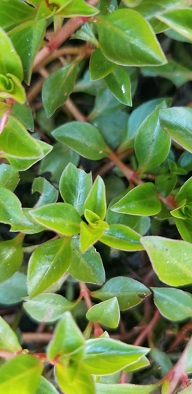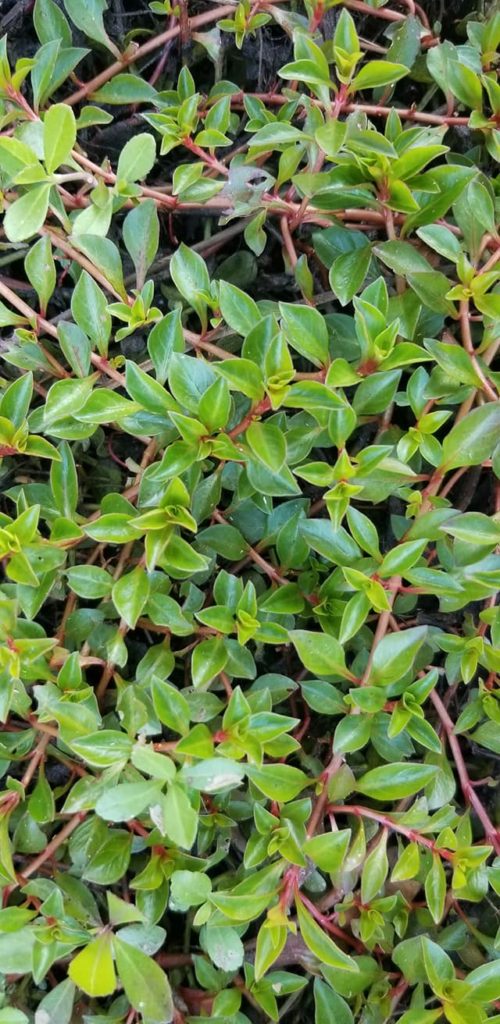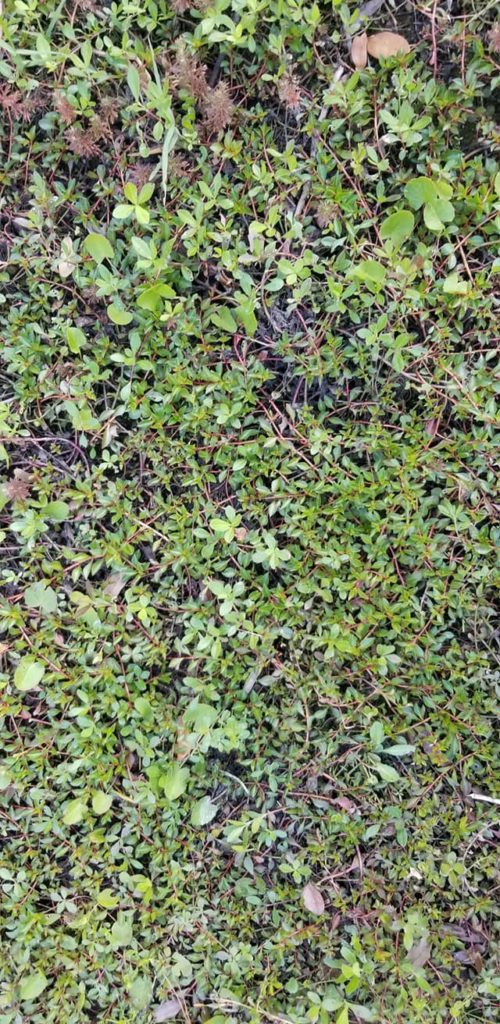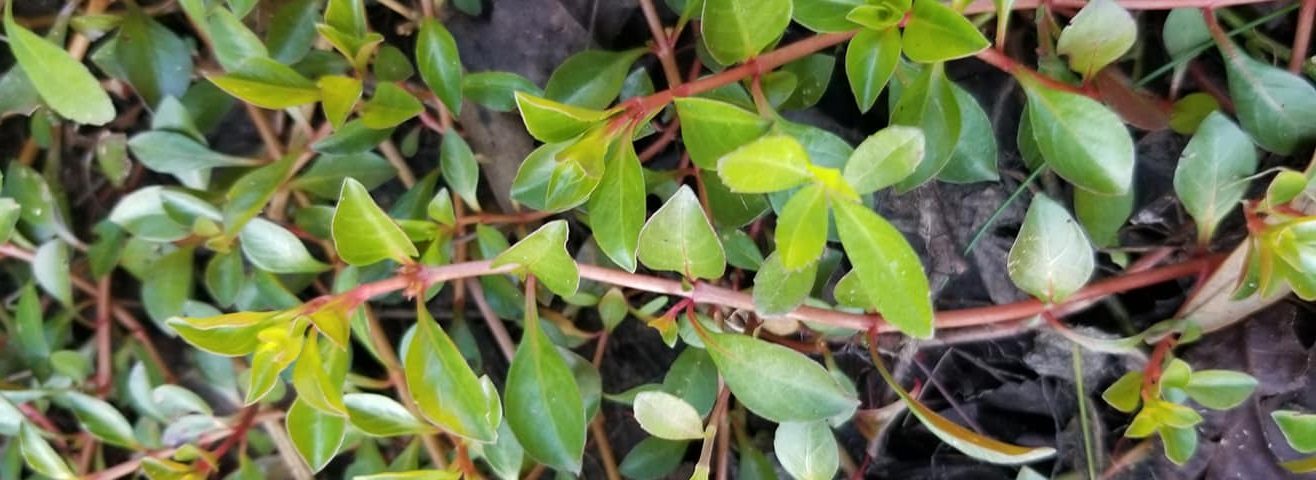Foraging for wild edible plants brings endless joy: time outdoors, the thrill of discovery, and the satisfaction of finding new, edible species. But when foraging unfamiliar plants, caution is key to ensuring a safe and enjoyable experience.
On a recent urban stealth camping trip, I came across a plant that resembled purslane at first glance. Its stem looked familiar, but the leaves seemed off. Intrigued, I photographed the plant from all angles and submitted it to an online plant identification forum. After some back and forth, one user suggested it might be Lythrum portula, also known as water-purslane.
Further research confirmed this identification. Lythrum portula, a flowering plant in the loosestrife family, is native to Europe and has spread to parts of western North America. It often grows in moist habitats like marshes or wetland edges. Both its leaves and stems are edible and can be enjoyed either fresh or cooked.
Culinary Uses of Water-Purslane
This plant offers a mild, earthy flavor, making it a great addition to many dishes. Its fresh stems and leaves add a pleasant crunch to salads, similar to spinach or traditional purslane. Sautéed or stir-fried with garlic and olive oil, it softens and absorbs other flavors, making it ideal for soups or as a green layer in dishes like vegetable lasagna.
Medicinal Benefits of Water-Purslane
While lesser-known, water-purslane has a history in folk medicine. Herbalists have used it for mild anti-inflammatory properties and to soothe minor skin irritations. A tea or infusion made from the leaves can provide a gentle diuretic effect, supporting kidney health and mild detoxification. But as with any wild edible, it’s wise to start with a small amount to ensure your body tolerates it well.
Preparation and Foraging Safety Tips
When adding water-purslane or any new wild edible to your diet, begin with a small portion to see how your body reacts. Always harvest from clean, unpolluted areas—plants growing near urban runoff or industrial sites can absorb contaminants.
During that camping trip, I chose not to harvest, given the logistics, but I plan to return and gather some water-purslane to experiment with in the kitchen. Foragers like me find that exploring new plants and flavors is one of the best parts of foraging; it’s a chance to bring fresh, nutritious ingredients to the table and get creative with cooking.
If you’re new to foraging, water-purslane is a fantastic edible to consider. With its versatility in recipes and gentle medicinal benefits, it’s a rewarding plant to bring home and explore.




I so enjoy your foraging!!
Glad to hear it, so am I 🙂